As a city with so much incredible history, culture, art, architecture, and food, it’s no surprise why Barcelona gets the number of tourists that it does. People come from all over the world to see the city’s famous buildings, go to the beach, and enjoy the Spanish lifestyle. But in addition to the must-see sights of the city, Barcelona is home to plenty of interesting places that go unnoticed by both tourists and locals alike. Here are a few fascinating corners of the city that you might not find in the guidebooks.
Related article: Hidden Gem in Barcelona: Temple of Agustus
Table of Contents
The oldest fountain in Barcelona
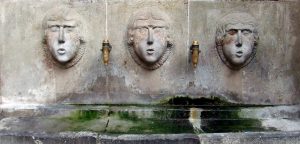


Photo by {El Gris} via Visualhunt
Tucked away in Plaça de Sant Just, you’ll find what some believe is the oldest fountain in Barcelona. It was built in the Gothic architectural style and dates all the way back to the fourteenth century and continues to work well today. Originally built to honor Joan Fiveller, a Barcelona local who found a water mine that would later be pipe water into the city of Barcelona, the fountain has three faces on the front with water taps in between. In 1831, some reconstruction works were done on the top to decorate the fountain, but it exists almost entirely in its original condition.
Address: Plaça de Sant Just, 08002 Barcelona
The oldest sgraffito in Barcelona
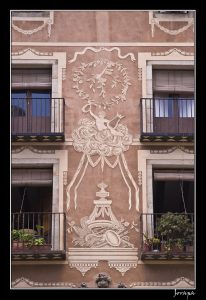


Photo by jorapa via Visualhunt
Sgraffito, the Italian technique of applying different colored layers of plaster to a wall or ceramic surface to create a decorative design, can be seen on the facades of many of Barcelona’s beautiful buildings. If you want to see the oldest sgraffito in the city, head straight to Plaça del Pi. This historical square is home to a sgraffito design dating back to the seventeenth century. Look for it on the corner of the plaza intersecting with Calle Petritxol to admire the beautiful facade. Now home to the retailers’ guild of Barcelona, the building might easily go overlooked by the passersby who don’t notice the significance of its design.
Related article: Hidden Architectural Gem in Barcelona
Tiles of L’Auca del Senyor Esteve
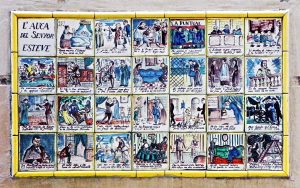


Photo by Jordi Domènech i Arnau via Visualhunt
This tilework grid on Calle Petritxol tells the story of L’Auca del Senyor Esteve, a popular novel by Santiago Rusiñol that was published in 1907 and later turned into a play in 1917. The twenty-seven tiles were drawn by the famous Spanish painter Ramon Casas. In them, you can see a comic-like representation of the story of Senyor Esteve, owner of a small shop called La Puntual. The story deals with his struggle to successfully pass the shop on to his son who has new ideas for the business. It’s a fully modernist work right in the middle of the street for all to see, and it reflects the values of society at the turn of the twentieth century in Barcelona. While it’s the kind of thing you could walk by without even noticing, it’s an ode to the modernist times of the city and the society that existed back then.
It seems that no matter where you look in Barcelona, you can find an interesting piece of the city’s past. The streets are like history books here in the Catalan capital, and oftentimes you can pass an interesting place hundreds of times before you learn its significance. From the medieval period to the modernist period and everything in between, Barcelona’s streets contain countless reminders of eras long gone when you know where to look for them.
Looking for an apartment in the city? ShBarcelona can help you find the perfect one.









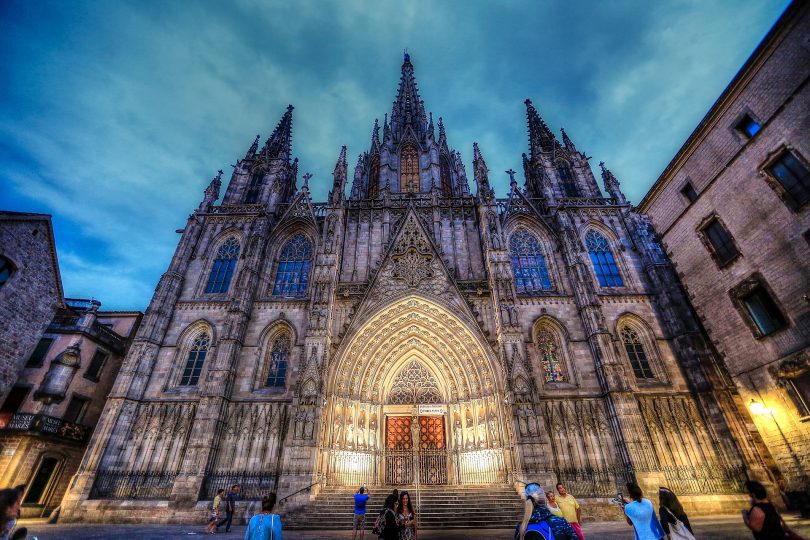


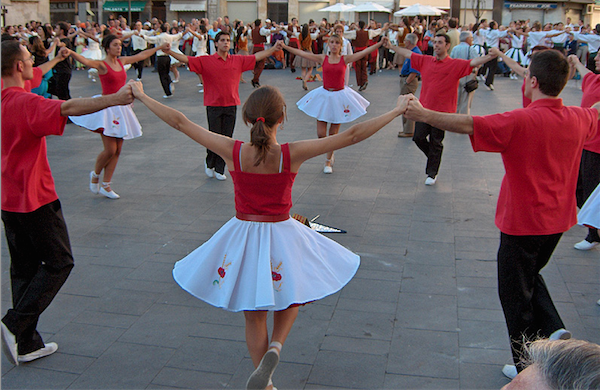
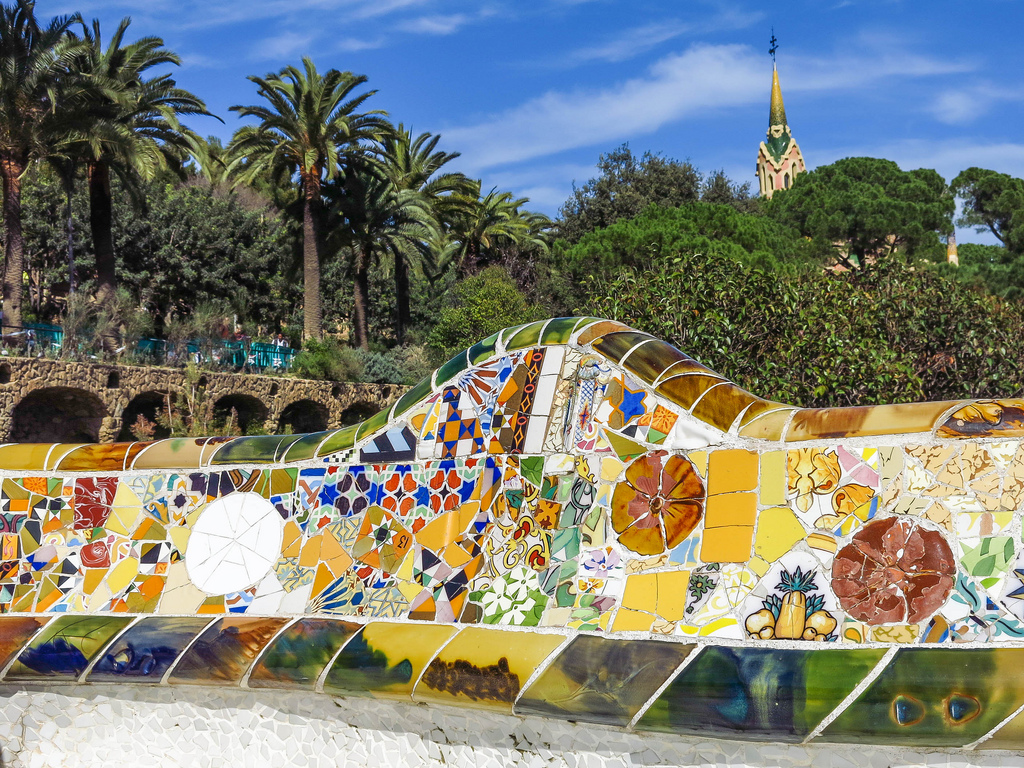


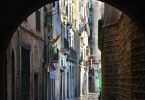


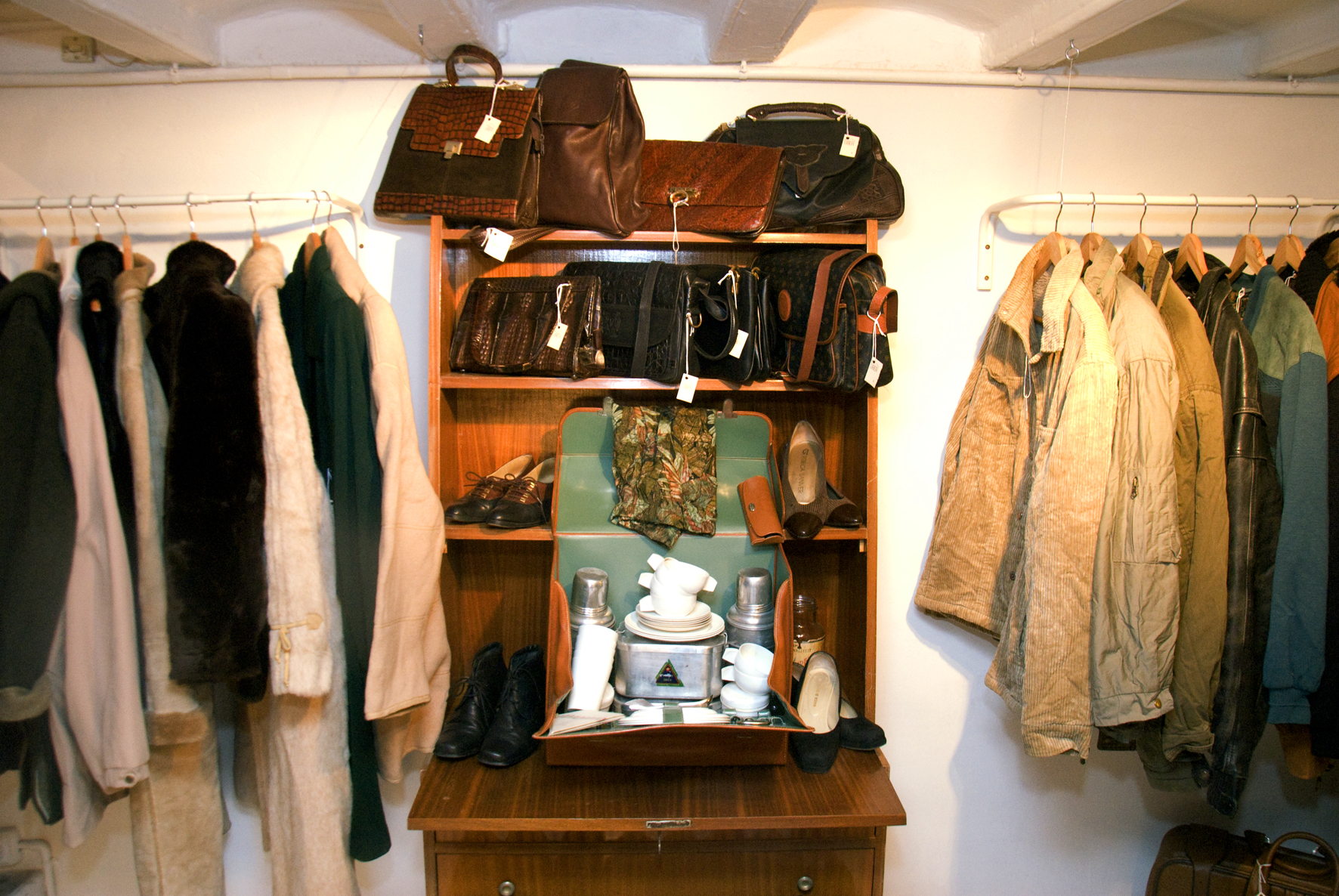

Hi Rachel.
I am coming to Barcelona in two months. First time.
I’m particularly interested in sgraffito. I want to see as much of this type of decoration in person as I can.
I’d like to utilize this technique on my home in california and would like to know more about the materials used, pigments, recipes, etc.
Do you know of anyone who restores these decorations? Someone who could spend an hour with me and give me the gross details of sgraffito.
I know it’s a long shot but thought I’d put it out there.
I’m excited to see (eat!!!!) my way through barcelona.
Thanks,
Josh
Ventura, California